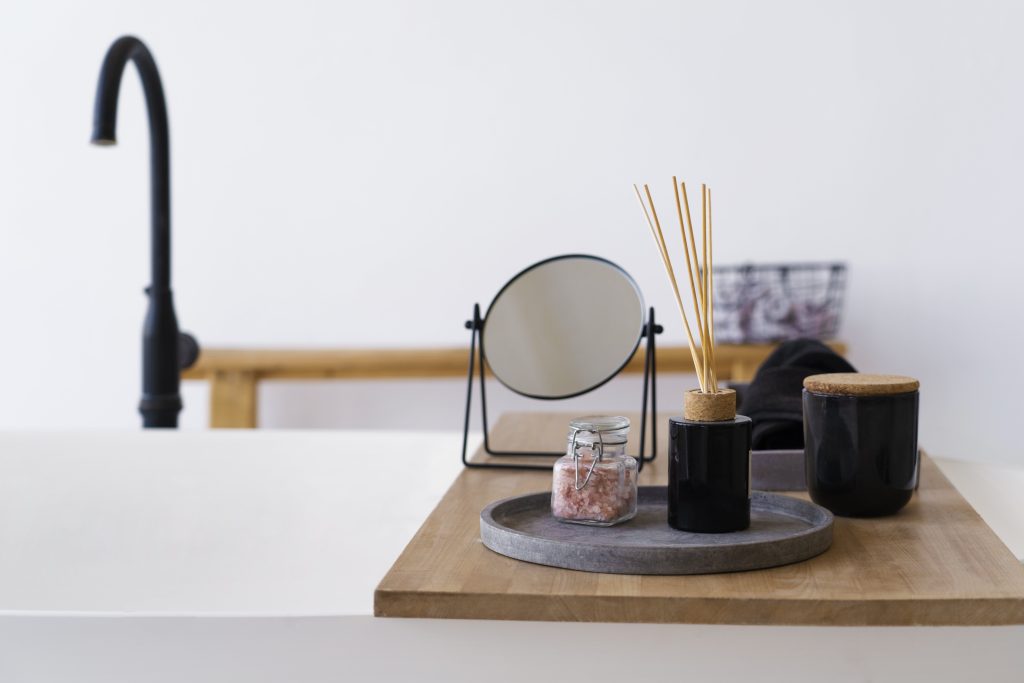A bathroom vanity is a vital component of any bathroom, serving as a functional and aesthetic centerpiece. Whether you have a small bathroom that requires space optimization or want to add a touch of modernity with a floating bathroom vanity, installing one can transform the entire look and feel of your bathroom. In this comprehensive guide, we will walk you through the process of installing bathroom vanities, including small bathroom vanities and floating bathroom vanities, to help you achieve a stylish and efficient bathroom space.
Step 1: Measure and Plan
Before diving into the installation process, it is essential to start with accurate measurements and careful planning. Begin by measuring the dimensions of your bathroom to determine the appropriate size for your bathroom vanity. For smaller bathrooms, consider opting for compact small bathroom vanities to maximize space without compromising functionality. For a contemporary look, floating bathroom vanities are an excellent choice as they provide a sense of openness and create an illusion of a larger bathroom.
Step 2: Gather the Necessary Tools and Materials
Make sure you have all the equipment and materials you need in advance to guarantee a seamless installation process. The basic tools required include a tape measure, level, drill, screwdriver, pencil, and stud finder. For the installation of bathroom vanity sinks, you’ll need a wrench and plumber’s putty. Additionally, make sure you have the vanity, sink, faucet, and all mounting hardware.
Step 3: Remove the Old Vanity (if applicable)
If you are replacing an existing bathroom vanity, start by removing the old one. Shut off the water supply to the sink and disconnect the plumbing connections. Loosen any caulking or adhesive securing the vanity to the wall and carefully lift it away. Be cautious not to damage any plumbing or electrical connections during this process.
Step 4: Prepare the Area
Before installing the new vanity, ensure that the area is clean and free of any debris. Use a level to check if the floor is even and adjust it if necessary. If you are installing a floating bathroom vanity, ensure the wall is sturdy enough to support its weight and locate the studs using a stud finder.
Step 5: Install the Faucet and Drain
If your bathroom vanity comes with a pre-drilled faucet hole, follow the manufacturer’s instructions to install the faucet. Apply the plumber’s putty around the base of the faucet to create a watertight seal. Insert the faucet into the hole and secure it from underneath with the mounting hardware provided. With a wrench, attach the water supply lines to the faucet and tighten them. The drain assembly should then be installed in accordance with the manufacturer’s instructions.
Step 6: Assemble the Vanity
Assemble the various components of the bathroom vanity according to the manufacturer’s guidelines. Follow the provided instructions carefully to ensure a secure and stable construction. If the vanity requires wall mounting, use a level to make sure it is straight and mark the mounting points on the wall.
Step 7: Mount the Vanity
With the help of a friend or family member, carefully lift the assembled vanity and position it in its designated spot. For floating bathroom vanities, make sure to align the marked mounting points with the studs in the wall. Use screws and wall anchors, if required, to securely attach the vanity to the wall. Check the level again to ensure the vanity is properly aligned.
Step 8: Connect the Plumbing
Carefully connect the plumbing lines to the corresponding fittings on the bathroom vanity. Apply the plumber’s tape to the threaded connections to create a watertight seal. Tighten the connections with a wrench, ensuring they are snug but not overtightened, to avoid any leaks.
Step 9: Install the Vanity Top and Sink
If your bathroom vanity comes with a separate vanity top, place it on the base and secure it using the provided mounting hardware. For small bathroom vanities, consider using a single-piece vanity top with an integrated sink to minimize installation steps. If your vanity top has a separate sink, follow the manufacturer’s instructions to install it securely.
Step 10: Apply Caulk and Finishing Touches
To prevent water from seeping behind the vanity top, apply a bead of silicone caulk along the edges where the top meets the wall and the sink meets the vanity. Smooth the caulk with a caulk tool or your finger for a neat finish. Check all connections, tighten any loose screws, and make any necessary adjustments to ensure everything is level and secure.

Conclusion
Installing a bathroom vanity is just one step in transforming your bathroom into a beautiful and functional space. If you’re looking to embark on a full bathroom renovation or remodeling project, consider reaching out to ANew Shower for expert assistance. Our team of skilled professionals is dedicated to providing top-notch renovation and remodeling services to bring your bathroom dreams to life.
Whether you desire a complete bathroom makeover or simply want to upgrade your fixtures and fittings, ANew Shower can cater to your needs. We specialize in creating stunning bathroom spaces, including installing bathroom vanities, small bathroom vanities, floating bathroom vanities, and bathroom vanity sinks. With our expertise, attention to detail, and commitment to customer satisfaction, we guarantee that your bathroom renovation or remodel will exceed your expectations. Stop delaying getting the bathroom you’ve always wanted! Contact ANew Shower today to schedule a consultation and discover how we can turn your bathroom renovation dreams into reality. Let us help you create a personalized and stylish bathroom space that perfectly suits your lifestyle and aesthetic preferences. Trust ANew Shower for exceptional craftsmanship and outstanding results in your bathroom renovation journey!

